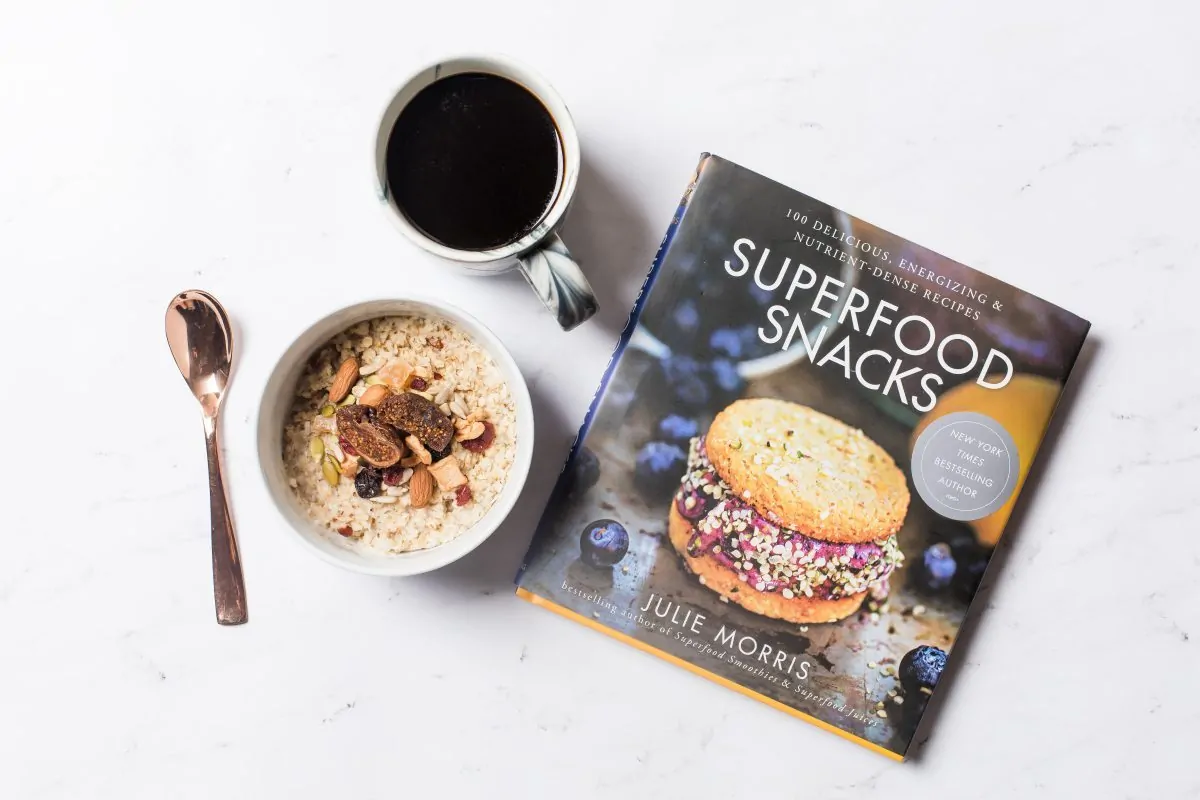Culinary Adventure: A Guide to Publishing Your Own Cookbook
So,
you've spent countless hours in the kitchen, perfecting recipes, and creating
culinary masterpieces. Your friends and family can't get enough of your
delicious creations, and now you're thinking, why not share your kitchen magic
with the world? The idea of publishing your own cookbook is both exciting and,
let's be honest, a tad bit overwhelming. Don't worry; we've got your back.
Let's embark on this flavorful journey together.
Unleash Your Inner Culinary
Artist:
1. Culinary Creations That Tell a Story:
Your cookbook is not just a collection of
recipes; it's a narrative of your culinary journey. Start by selecting dishes
that hold a special place in your heart. Maybe it's the lasagna recipe passed
down through generations or the experimental fusion dish you concocted one lazy
Sunday afternoon. Each recipe should tell a story and reflect your unique
culinary identity.
2. Family Recipes That Stand the Test of Time:
There's something magical about family
recipes—they're a legacy of flavors and traditions. Dive into your family
archives and rediscover those hidden gems. Grandma's apple pie, Aunt Maria's
secret sauce—these are the treasures that make your cookbook not just a recipe
collection but a family heirloom.
3. Explore Themes That Excite You:
What's your culinary passion? Whether it's
exploring dietary trends like keto or vegan, diving into the richness of
international cuisines, or celebrating the warmth of family traditions, choose
a theme that excites you. Your enthusiasm will shine through in your writing
and recipes, captivating readers who share your culinary interests.
Crafting a Cookbook That
Sizzles:
4. The Art of Recipe Writing:
Writing a recipe is an art form. Be clear,
concise, and sprinkle in a bit of your personality. If you have a quirky anecdote
related to a particular recipe, share it. Your readers will appreciate the
personal touch. And don't forget to test and retest your recipes; precision is
key when it comes to culinary success.
5. Captivating Food Photography:
They say we eat with our eyes first, and
the same holds true for your cookbook. Invest time in capturing visually
stunning photographs of your dishes. A tantalizing image can turn a browsing
reader into a dedicated cook. You don't need a fancy camera; a smartphone with
a good camera and natural light can work wonders.
6. Organize With a Personal Touch:
How you organize your cookbook matters.
Consider grouping recipes by themes, occasions, or even seasons. Add personal
anecdotes or quotes about each recipe—let your readers feel like they're having
a conversation with you as they flip through the pages.
Navigating the Publishing
Landscape:
7. Traditional vs. Self-Publishing:
Before you embark on the publishing
journey, decide whether you want to go the traditional route or embrace the
world of self-publishing. Traditional publishing involves finding an agent and
a publisher, while self-publishing gives you full control. Platforms like
Amazon's Kindle Direct Publishing (KDP) and Blurb offer user-friendly tools to
publish your cookbook independently.
8. Designing a Beautiful Cover:
Your cookbook's cover is its first
impression. Consider hiring a designer or using user-friendly design tools to
create a cover that reflects the essence of your culinary creations. Use
colors, fonts, and images that align with the theme of your cookbook.
9. Engaging Your Audience:
Building anticipation is key to a
successful cookbook launch. Utilize social media platforms, create a dedicated
website or blog, and share sneak peeks of your recipes. Encourage your audience
to share their cooking experiences and tag you. Engaging your audience before
the launch creates a community around your cookbook.
The Cookbook Launch
Extravaganza:
10. Hosting a Virtual Launch Party:
Just because it's a cookbook doesn't mean
you can't have a launch party. Host a virtual event where you cook live, share
behind-the-scenes stories, and interact with your audience. Encourage attendees
to cook a recipe from your book and share their creations during the party.
11. Collaborate with Local Businesses:
Partner with local bookstores, kitchenware
shops, or even restaurants for collaborative promotions. Offer signed copies,
exclusive recipes, or cooking classes as part of these collaborations. Local
support can give your cookbook the initial boost it needs.
12. Utilize the Power of Reviews:
Encourage your readers to leave reviews on
platforms like Amazon or Goodreads. Positive reviews build credibility and
attract more readers. Consider sending advance copies to food bloggers or
influencers in exchange for honest reviews.
Beyond the Cookbook:
13. Building a Lasting Culinary Brand:
Your cookbook is a stepping stone to a
broader culinary brand. Consider creating a dedicated website, YouTube channel,
or podcast where you continue sharing recipes, cooking tips, and
behind-the-scenes glimpses. Your cookbook is just the beginning of your
culinary adventure.
14. Connecting With Your Readers:
Social media is your ally in staying
connected with your readers. Share snippets of your kitchen experiments,
respond to comments, and create a community around your culinary creations.
Engaging with your audience keeps the flavor of your cookbook alive long after
its release.
15. Embracing Feedback and Evolution:
Your cookbook is a living entity. Embrace
feedback, and be open to evolving. If readers suggest modifications or share
their twists on your recipes, celebrate it. Your culinary journey is a
collaborative experience, and your cookbook can grow and evolve with the input
of your community.
16. Continuing Education in the Culinary Arts:
The culinary world is dynamic, with new
techniques, ingredients, and trends emerging regularly. Stay updated and
continue your culinary education. Share your newfound knowledge with your
audience through supplementary content, blog posts, or even a second edition of
your cookbook.
17. Exploring Culinary Collaborations:
Consider collaborating with other chefs,
food bloggers, or influencers for joint projects. A collaborative cookbook or a
series of themed recipes can introduce your work to new audiences.
Cross-promotion can be a powerful tool in expanding your culinary reach.
A Taste of Success:
18. Celebrating Milestones:
As your cookbook gains traction, celebrate
the milestones. Whether it's reaching a certain number of copies sold, positive
reviews, or hitting a bestseller list, take a moment to acknowledge and savor
your success. Share these achievements with your audience—they've been part of
this journey.
19. Diversifying Your Culinary Portfolio:
Beyond your cookbook, explore diverse
culinary ventures. Consider online cooking classes, a YouTube series, or even
collaborations with local chefs. Diversifying your culinary portfolio not only
keeps things exciting for you but also attracts a broader audience.
20. Legacy in Every Bite:
Your cookbook is more than a collection of
recipes; it's a legacy in every bite. As readers recreate your dishes in their
kitchens, they become part of the story. Your culinary legacy lives on in the
joy, laughter, and shared moments around dining tables worldwide.
The Final Chapter:
In the grand story of your culinary
adventure, the publication of your cookbook marks a significant chapter. From
the first stir of the ladle to the final flip of the cookbook pages, it's a
journey filled with flavor, memories, and the joy of sharing. As you navigate
the world of publishing, remember that your unique culinary voice is a gift to
the world. So, go ahead, savor the process, and let the aroma of your cookbook
linger in kitchens for generations to come.
Conclusion: Your Culinary
Legacy:
Publishing
your own cookbook is not just about sharing recipes; it's about leaving a
flavorful legacy. Through the pages of your cookbook, you're inviting readers
into your kitchen, sharing not just the ingredients but the love, passion, and
stories that make each dish uniquely yours.








